The global cosmetic packaging industry is a multi-billion dollar business, valued at over $51 billion in 2022. This market is expected to continue expanding steadily, reaching nearly $71 billion by 2030. This growth is driven in part by the increasing demand for cosmetics as people strive to enhance their appearance.
But cosmetics aren’t just about the product itself; the packaging plays a crucial role. Eye-catching designs and graphics make cosmetics stand out on store shelves, grabbing the attention of potential customers.
This includes both the primary container that holds the product and the secondary packaging, often made from paper or cardboard, that provides additional protection and branding.
Cosmetic packaging is a powerful marketing tool that influences purchasing decisions. As the demand for cosmetics grows, so too will the demand for innovative and attractive packaging solutions.
The Rise of Cosmetics Industry
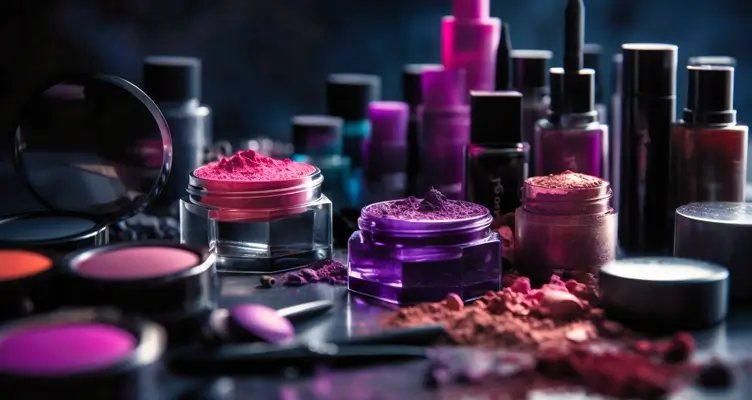
The cosmetics industry is booming, especially in developing countries. This surge is a perfect storm of factors. Rising disposable income allows people to invest more in personal care. Beauty is a growing focus globally, driving demand for products.
The availability of eco-friendly, organic, and clean options is attracting new customers who might have avoided traditional cosmetics. Brands are also getting smarter with their marketing. The rise of social media influencers reaching massive audiences further fuels this growth.
Interestingly, this influencer boom is creating a new opportunity in the cosmetic packaging market. Smaller cosmetic companies can leverage specialized and customized packaging solutions to stand out from established brands, gain recognition, and attract new customers.
Going Green: A New Wave in Cosmetic Packaging

Eco-consciousness is sweeping the cosmetic industry, with a growing demand for sustainable packaging solutions. Consumers are increasingly aware of the environmental impact of traditional packaging and are actively seeking products that embrace “green” practices.
This shift in consumer behavior has placed a significant emphasis on green packaging, prompting manufacturers to develop eco-friendly alternatives.
The trend is driven by two key forces: a growing public awareness of the environmental hazards of conventional packaging and stricter environmental regulations.
As consumers become more informed about the harm caused by traditional packaging materials, they’re actively seeking out eco-friendly options. Additionally, stricter environmental regulations from lawmakers are pushing packaging manufacturers to innovate and adopt sustainable solutions across various industries, including cosmetics.
Top Trends in the Cosmetic Industry
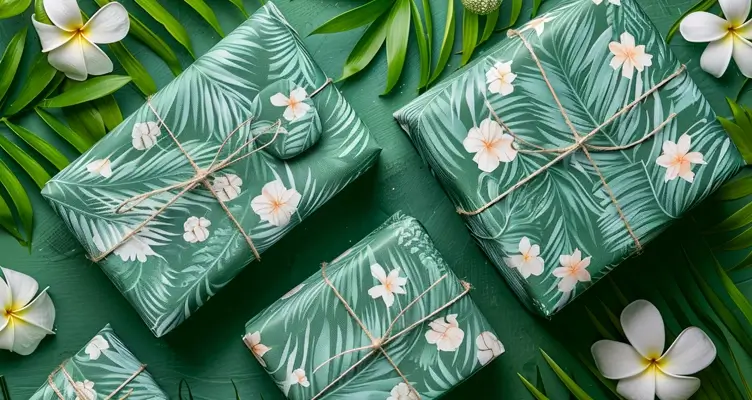
The Rise of Minimalism in Beauty Packaging
Clean lines, uncluttered designs – minimalism is taking the beauty industry by storm. This trend emphasizes straightforward aesthetics that prioritize transparency and honesty, resonating with modern consumers. It’s a move away from flashy marketing claims and towards a focus on the core elements: color, typography, and form.
Brands like The Ordinary showcase this perfectly with their dropper bottles and ingredient-focused labels. Similarly, Glossier’s iconic pink pouches embody their “skin first” philosophy. These examples highlight how minimalism goes beyond aesthetics. It strengthens consumer trust by presenting the product in its purest form, fostering a sense of authenticity that resonates with today’s beauty consumers.
Shelf-Life Focused Packaging
Many cosmetics are delicate and susceptible to degradation from temperature and sunlight. This necessitates smart packaging solutions that prioritize both functionality and aesthetics. The shelf life of these products hinges on the chosen packaging material and the specific cosmetic formula.
Manufacturers must carefully consider compatibility between the two to ensure optimal product life. Typical shelf life for cosmetics ranges from 1-3 years, but extending this window is crucial. Products often travel long distances and may sit in warehouses for extended periods.
Durable and protective packaging solutions are therefore essential to safeguard product integrity and maintain consumer trust.
The Counterpoint of Boldness and Color
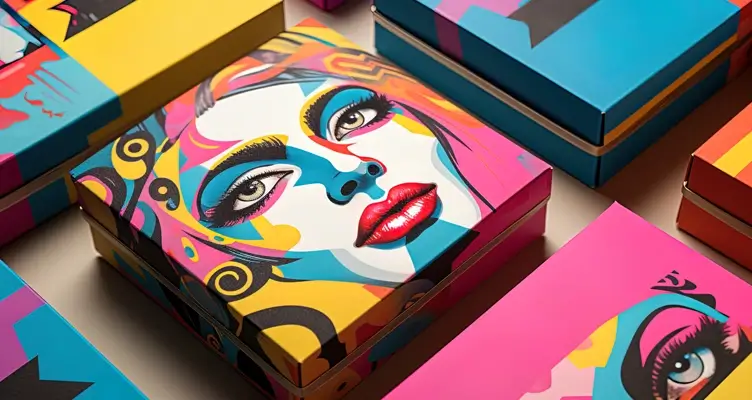
Minimalism may be having a moment, but it’s not the whole story. A bold counterpoint is emerging – the trend of boldness and color in cosmetic packaging. This approach utilizes vibrant hues to create a dynamic counterpoint, grabbing attention and establishing a strong brand identity.
Color psychology plays a key role here. Each shade evokes specific emotions and can significantly influence purchasing decisions. For instance, red ignites passion and intensity, while blue conveys trust and reliability.
Brands like Fenty Beauty and Jeffree Star Cosmetics masterfully use this concept. Their audacious use of color allows them to stand out in a crowded market, speaking directly to a customer base seeking individuality through the products they choose.
Get Brainy with Innovation and Technology
The future of cosmetic packaging is being written in the language of innovation and technology. This trend, often referred to as “smart packaging,” is pushing the boundaries of what’s possible.
Airless packaging technology is a prime example, revolutionizing the industry by protecting product integrity, minimizing waste, and preventing degradation.
Beyond that, QR codes, NFC technology, and augmented reality are being woven into packaging designs to create a richer user experience. It provides access to detailed product information – all through your smartphone and the packaging itself!
L’Oréal is a frontrunner in this space, utilizing UV-sensor technology in wearable packaging. This innovation gives consumers valuable insights about their sun exposure.
Inclusivity and Targeting Shape Packaging
Understanding your target audience and embracing inclusivity is another crucial factor followed by successful cosmetic brands. They are recognizing the diverse preferences and values of different demographics, like Gen Z’s focus on sustainability.
This awareness is leading to packaging that speaks directly to these values. For example, eco-conscious packaging is on the rise to resonate with environmentally responsible consumers.
Art and Design Trend
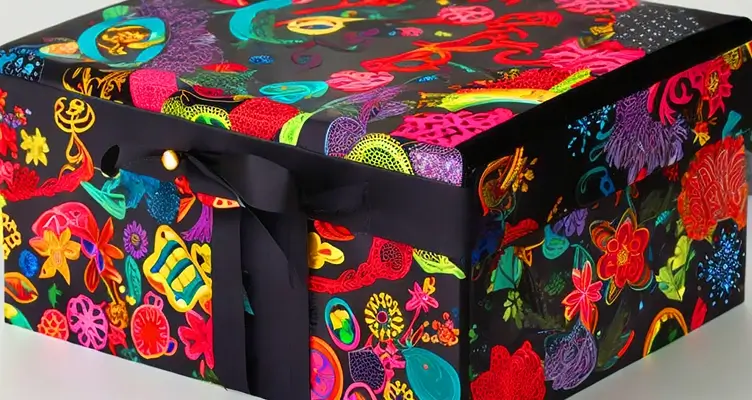
The lines are blurring between functionality and artistry in a captivating trend: the fusion of art and design in cosmetic packaging. This approach transforms beauty products from everyday essentials to coveted aesthetic pieces.
Imagine packaging adorned with fine art, pretty abstract elements, or unique design concepts. These are no longer mere containers, but miniature works of art.
The perceived value of the product soars with this artistic approach. Think Pat McGrath Labs, whose packaging makes a bold statement with vibrant colors and ornate details, perfectly complementing their innovative makeup range.
Understanding Restraining Factors

Environmental Concerns Hinder Growth
Plastic, the dominant material in cosmetic packaging, presents a significant environmental challenge. Landfills overflow with discarded plastic packaging, with the US Environmental Protection Agency estimating a dismal 70% recycling rate for plastic waste generated by the cosmetics industry.
The widespread use of single-use plastics, often incorporating multiple layers for a premium look, exacerbates the problem. Microbeads, tiny plastic particles used for exfoliation, have emerged as a particular threat, causing harm to marine life and aquatic ecosystems.
This growing awareness has spurred action. The Personal Care Products Council (PCPC) initiated a microbead phase-out in the US in 2014, followed by Europe in 2015. This trend has continued, with numerous countries including Taiwan, the UK, France, and Canada enacting microbead bans.
These actions reflect a global shift in consumer preferences and a growing understanding of the environmental impact of plastic use in both cosmetic formulations and packaging. The industry must adapt to meet these evolving concerns to ensure sustainable growth.
Glass Packaging to Continue Its Dominance
Glass remains a dominant force in cosmetic packaging despite its higher cost compared to other materials. This enduring popularity stems from several factors.
First, glass offers a premium look that aligns well with luxury brands. Second, and perhaps more importantly, glass is highly recyclable, making it an environmentally friendly option. This resonates with today’s eco-conscious consumers.
While paper and metal packaging is projected to see increased adoption due to shifting preferences, glass maintains its position as a leader thanks to its unique combination of aesthetics and sustainability.
Cosmetic Bottles Offers a Winning Formula
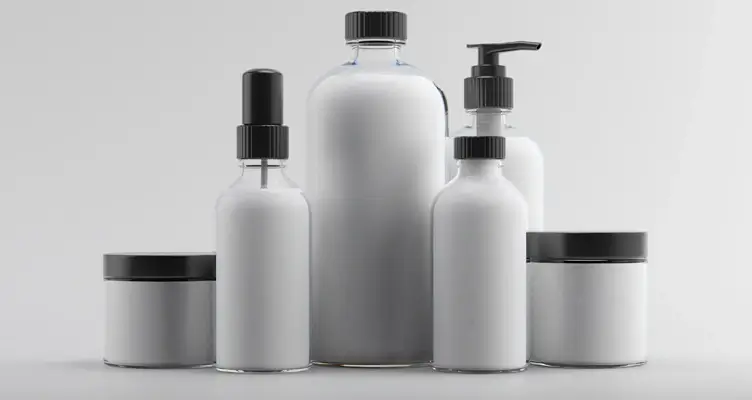
Within the cosmetic packaging market, bottles are poised for significant growth. Their edge lies in superior product protection compared to alternatives like jars or tubes. Durable materials like glass or high-quality plastic safeguard against contamination, leakage, and degradation.
Bottles often incorporate dispensing mechanisms like pumps, sprayers, or droppers, enabling controlled and mess-free application, a boon for hygiene.
Transparency or semi-transparency allows consumers to glimpse the product within, while also offering a larger canvas for eye-catching branding and labeling, allowing cosmetic brands to develop products that are both functional and visually appealing.
Skincare Drives Growth in Cosmetic Packaging
Skincare products dominate the cosmetic packaging market, particularly in regions like Asia Pacific, Europe, and North America. This surge is fueled by a growing awareness of skin health and the widespread adoption of skincare routines.
In contrast, makeup takes center stage in Latin America and the Middle East & Africa. However, the rising popularity of multi-purpose skincare products like face creams and moisturizers is driving the use of cosmetic packaging across the board.
The booming haircare market in emerging economies like India and China is poised to accelerate growth in the haircare packaging segment. Overall, evolving consumer preferences and a focus on various beauty needs are shaping the landscape of cosmetic packaging.
Why Choose Experts?

Knowledge About Beauty Packaging
Specializing in the creation and refinement of packaging solutions, packaging engineers offer their expertise tailored to the distinctive requirements of the beauty sector. Their proficiency encompasses a deep understanding of materials, technologies, and regulatory standards pertinent to cosmetics, skincare, and fragrance items.
Saves You Money
Packaging experts can help you design beautiful packaging that uses less material and costs less to make. You’ll get great quality at a price that fits your budget.
Experts Follow All Crucial Protocols
For your cosmetic products, packaging engineers and manufacturers act as your guides through the complexities of packaging regulations. They stay informed about industry standards to guarantee your packaging meets all legal requirements.
Capable of Executing Customization
Stronger brand loyalty is built through personalized experiences. Packaging engineers can help achieve this by creating packaging with customizable features for your brand.
Offers Competitive Edge
Your packaging is the first impression your product makes on potential customers. To rise above the competition, invest in the right packaging engineers. Their skills can transform your packaging into a powerful tool for brand differentiation.
Reach Packaging Masters At Quality Custom Boxes
A good quality product isn’t the only requirement. For cosmetic brands, exceptional packaging is essential as well. That’s where manufacturers of quality custom boxes come in. Our experts construct visionary designs with a focus on both aesthetics and functionality. The result? Packaging that refines the consumer experience, safeguards your product, and propels your brand to new heights.

 No products in the cart.
No products in the cart.